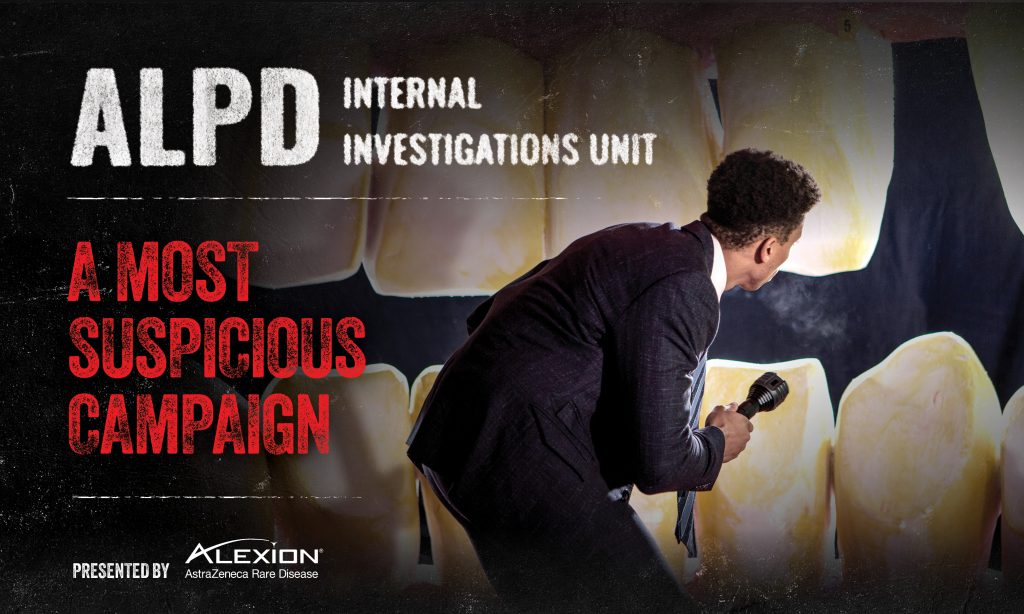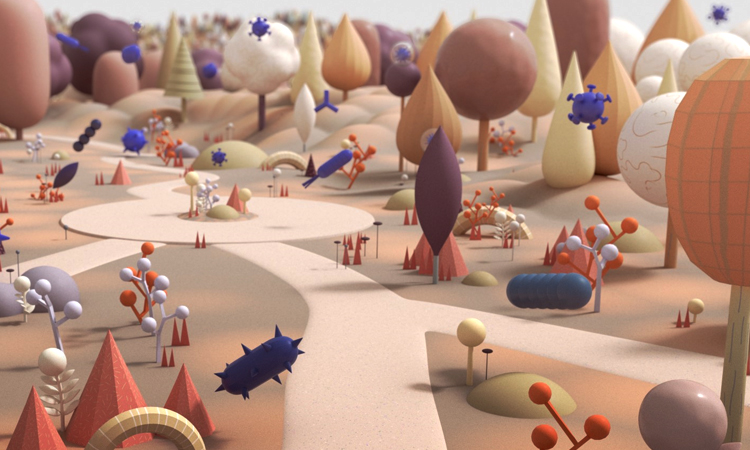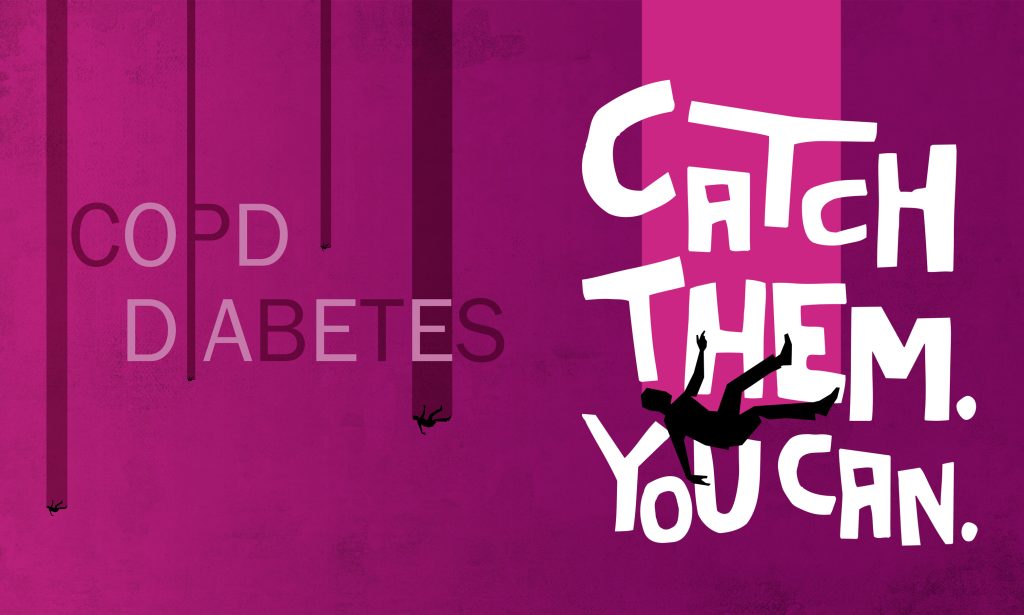Best Creative Medical Education Programme or Campaign
With grateful thanks to our sponsor
In an evolving oncology landscape, biomarker-driven treatment decisions are crucial.
In 2021 there were over 17 updates to clinical guidelines for breast, prostate and ovarian cancer. Oncologists would need to read around 178 articles daily just to keep up. With best practice always changing, time-poor HCPs face information overload. As a result, 52% of community oncologists don’t use biomarker testing to inform treatment.
Using a metaphor to highlight biomarker testing’s importance, we simplified the scientific story to better educate HCPs and get patients the personalised treatment they need.
Judges Comments
“Mapping the Tumor 2.0” successfully distils complex scientific data into a creative and clear medical education campaign, innovatively using a compelling metaphor to communicate the importance of biomarker testing in three key tumour types. It has effectively engaged 1 in 10 US medical oncologists and boosted belief in comprehensive biomarker testing by 12%, resulting in a 41% increase in patients receiving key tests across breast, ovarian, and prostate cancers.
The campaign possesses a unique look and feel, with a clever concept and thinking behind it, as well as the great results achieved. It earns the Gold award—scoring highly on originality and quality of execution—through creative simplification of oncology data into a perfect analogy of tumours and our natural landscapes. A very well-executed medical education campaign!
Eva Reiss, Takeda

Hypophosphatasia, or HPP, is an insidious and evasive metabolic disease that does whatever it takes to stay in the shadows. Alexion Pharmaceuticals needed a way to make HCPs more suspicious of symptoms and low alkaline phosphatase (ALP), a smoking gun for a diagnosis of HPP.
Inspired by interviews with HCPs who “love playing detective” when diagnosing diseases, we created a medical education campaign that took HCPs inside the human body, for an immersive, interactive investigation—the first ever campaign to use face swap technology to make HCPs part of the experience.

73% of chronic kidney disease patients who develop calciphylaxis are initially misdiagnosed. The longer it takes to identify, the further patients sink out of nephrologists’ reach, and within a year of receiving a diagnosis, 4 in 5 people are lost to a painful death.
We had to shine a torch on the condition to encourage nephrologists to look beneath the surface, into the darkest depths, and diagnose and treat these patients earlier. We developed a striking campaign to bring the importance of finding calciphylaxis back to the surface.

The complement system is a key factor in the diagnosis of PNH and for aHUS. The system is complex, and not covered at great length in general training. With this film, HCPs may have a better chance of recognising signs and symptoms due to the memorable aesthetics and clarity of information.
Tone, style and the level of detail were all key factors in the design. We wanted a metaphor that would work for the science, whilst feeling crafted and original, and without oversimplifying or talking down to the audience. The body as an ecosystem was the perfect fit.

The pneumococcal disease vaccine is vital for those aged 65+ or with conditions like COPD and diabetes. Amid COVID, attention waned on pneumococcal prevention, leaving high-risk individuals vulnerable.
Targeting COPD and diabetes patients (18–64) with low vaccine coverage, a knowledge gap among healthcare professionals emerged. To bridge this, we initiated an impactful digital campaign promoting vaccination under the National Immunisation Programme.
Leveraging Saul Bass-inspired visuals and the tagline “Catch Them. You Can.”, the approach resonated, prompting ⅓ of users to revisit our educational content.
This initiative heightened vaccine coverage, fortifying protection for at-risk populations and positively transforming healthcare practices.



